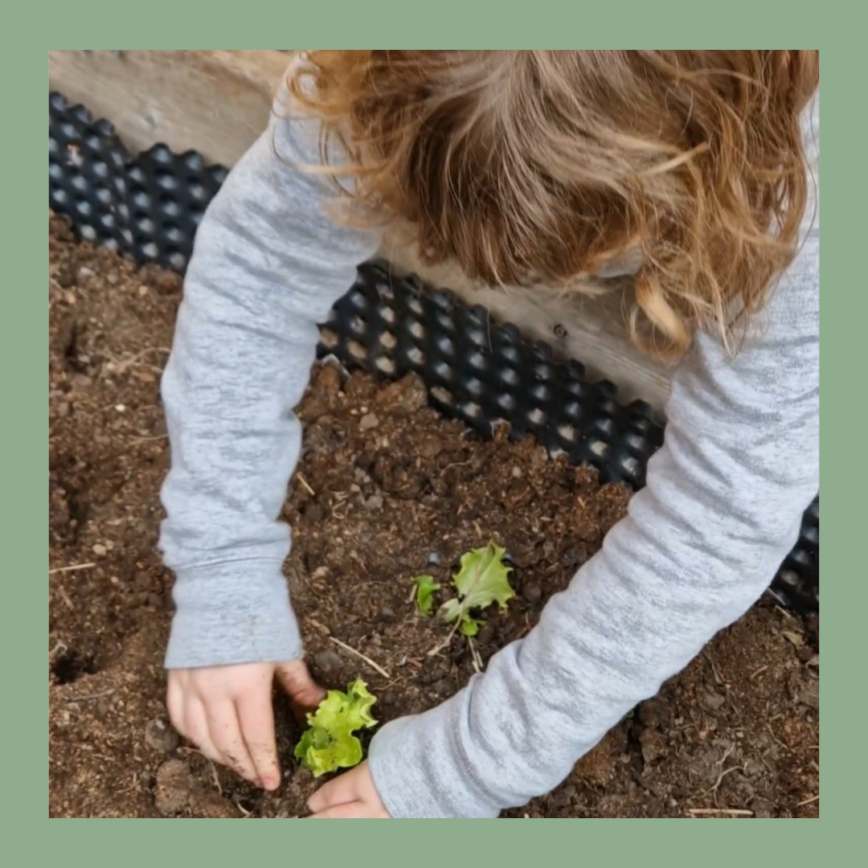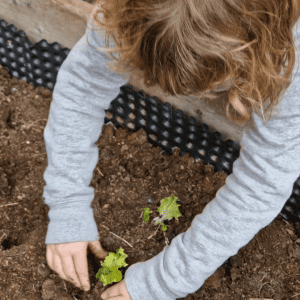
Using Gardening for Language Learning
Tis the season, to get those green fingers working and a focus on your language learning!
Gardening is a fabulous way not only to get your children outdoors more but to also show the process to them how various fruits and vegetables that they see in supermarkets are grown to end up on our tables.
Emily and I use the Square Foot gardening method which helps us grow as much food as possible in our raised beds and other containers. If you wish to read more about this method here are two articles one in english and the other in german for you; English Post German Post
So what fantastic opportunities does gardening give us for language learning?
Planning
What are you going to plant? What vegetables do your children love to eat? How much space and time do you have? These are the first questions that you can answer together.
If you have already been learning a second language or are a bilingual family, see which fruits or vegetables that you child already knows.
Draw out a grid or a plan where you are going to plant each type of vegetable and your child can then draw each vegetable onto the plan.
Remember I am all for the Charlotte Mason method for learning languages. At the beginning it is all about listening and speaking and not reading the words. Remember how you learnt your native language,and not the very ridgid way that languages are currently learnt. Grammar and reading all comes later!
If there are vegetables that are new to your child make some flashcards to show the fruit and write that word on the back in both langauges for your own reference.
Crafting Tip!
Get some ideas for homemade garden markers. A great way to get children excited about their vegetable garden
https://www.pinterest.at/outdoor_bilingual_learner/gardening-with-children/
Planting
Let’s get to the good part – the planting!
Children love getting their hands dirty – while most of them anyway! Whilst you are planning you can take a look at the tools that you will/could be using and start to point at them. Repeat the words in both languages.

Trowel – die Kelle
Watering Can -die Gießkanne
Spade – der Spater
Soil – die Erde
Wheelbarrow – die Schubkarre
General Care
Here is where you can start introducing short sentences, for example;
Is the soil dry?
Can you water the …….?
Can you see any tomatoes yet?
As you can see these are very basic sentences that only require a yes or no reply. This is great for getting them to understand the vocabulary in the sentences without having to think about responding in full senences. This can be expanded later.
Harvesting
The eating part is definitely one of our favourites. You could also make this fun by saying,
“Please go and pick 5 strawberries.”
“Could you bring me 3 tomatoes please?”
This not only tests their language knowledge of the vegetables but also numbers etc.. Get creative and you can make the questions as simple or difficult as you like.
Also you can take a look at different recipes that use the vegetables that you are harvesting. Make them together, this also as a fabulous language learning opportunity.
Finally get out there and have fun, that is the most important thing. Also do not be scared to start your language learning project. It can be a learning process for all of you.
Follow us on Instagram as we progress through our gardening project for 2023, and can hopfully inspire you all to get ourdoors grow some vegetables and learn a new language. Instagram
Rachel x


